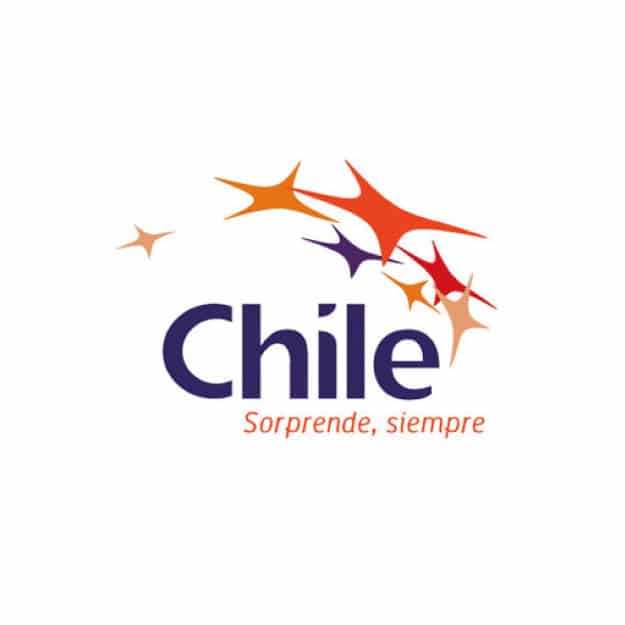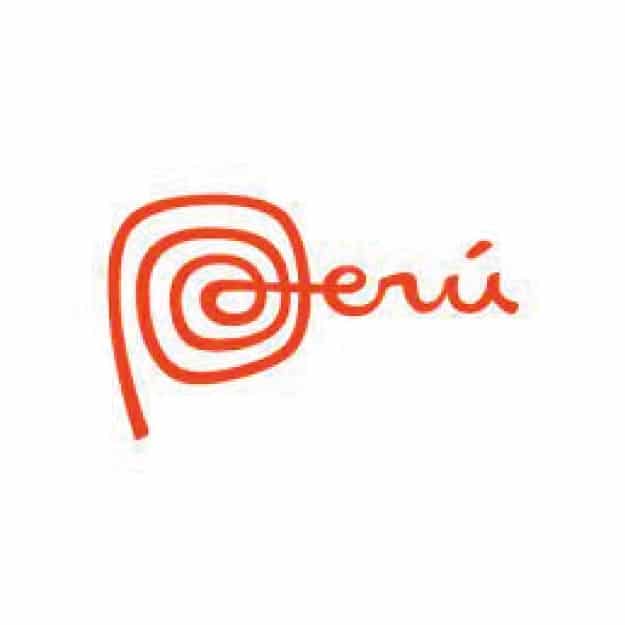What to eat in Machu Picchu: local dishes to taste
Of course Cusco and Machu Picchu aren’t quite Lima in terms of modern fusion gastronomy, but the area offers incredible local dishes you can taste during your trip. Tuck into must-eat food organically grown from this mystical landscape, which gave the world corn and quinoa.
The Corn
A large-kernel variety of field corn from the Andes. It’s been a local food staple for thousands of years. Taste the incredible local corn
Cuy
Which may sound strange to many people, eating guinea pigs is quite common in Peru, mostly on special occasions like birthdays. The animals actually originate from the Andean region and were originally raised specifically for eating. The taste is unique and hard to describe, maybe a mix of chicken and rabbit. It is served as a whole, including the head, teeth and legs, which makes it a once in a lifetime experience.
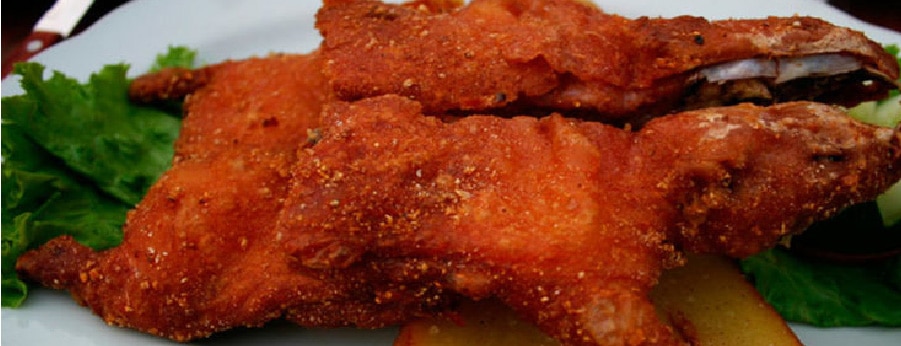
Pan Chuta
This bread is from The Village of Oropesa, a few minutes from the city of Cusco. Commonly called “pan Chuta”. For visitors of Cusco, one of the things that most classic of Cusco is the bread of Oropesa or “Chuta”; this bread is made with local ingredients, pleasant taste and artisan baking.
This bread is ideal when people from Cusco have a teatime; accompanied this sweet bread, buttered and hot coffee is a treat for the palate. They sell in the city markets especial in San Pedro market.
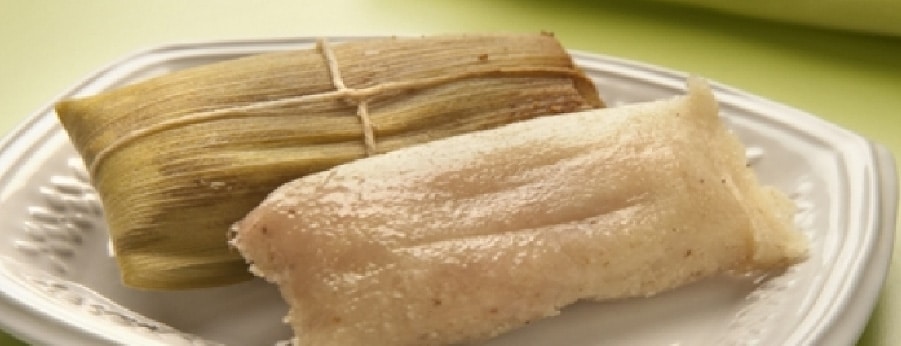
Tamales
Tamales are a kind of very famous cakes throughout Peru, on the coast, mountains and jungle; each has its own way of development with their own inputs. The tamale in Cusco is a preparation of pleasant sweet or salty taste, made with the ground, white and fresh corn, from the Sacred Valley and other traditional inputs in the region.
The tamales are prepared by the Cusco families with the same homemade recipe for over 90 years. On the other hand, you can find any day of the week in a corner of Portal Belen, located just meters from the Plaza de Armas of Cusco or Main Square of Cusco.
Llama or Alpaca Beef
Lomo saltado is a very popular dish in Peru, a blend of the Chinese way of cooking and Peruvian ingredients. It’s a stir fry that typically combines marinated strips of meat with onions, tomatoes, french fries, and other ingredients; and is typically served with rice. Beef is the standard meat to use, but alpaca meat is also quite typical for the region of Cusco.
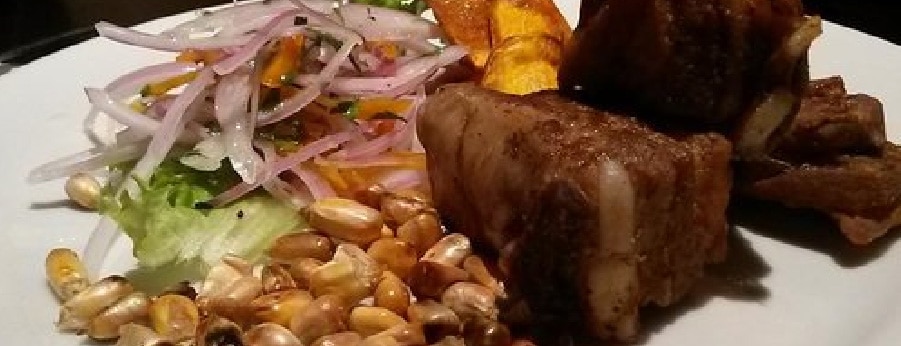
Chicharrones
Chicharron is deep-fried pork served with corn, potatoes, and salad. Find its home in the district called Saylla, just 20 minutes outside of Cusco. Here, a number of chicharronerias serve the meaty dish.
Ceviche
A well-known Peruvian delicacy, ceviche consists of fresh raw fish cured in citrus juice. While far from the coast, Cusco gets it seafood flown in by air daily or caught in the surrounding lakes, making trout ceviche a must-try.
Rocoto Peppers
The stuffed rocoto peppers are one of the most typical dishes of Cusco, although originally coming from Arequipa. Often served as street food, it’s also common as a side dish for e.g. cuy chactado. Ingredients vary from time to time, but may include minced beef, onions, carrots, peas, olives, peanuts, garlic and eggs.
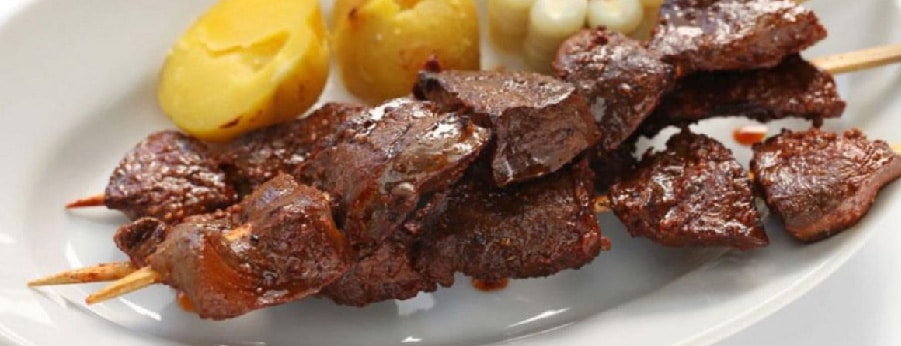
Lomo Saltado
Diced prime beef sautéed with onions and peppers accompanied by rice and a few French fries.
Anticucho
Marinated beef heart grilled and skewered with a potato. Sold during fiestas or public celebrations, all the locals know anticucho because of the sentimental value it holds.
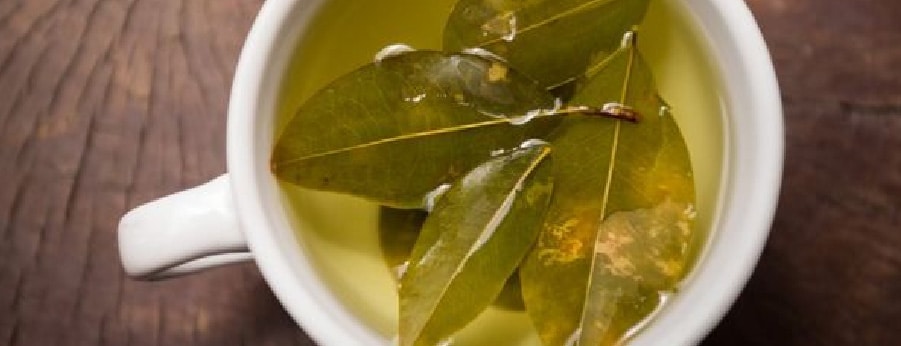
Mate de Coca
This herbal fusion of local coca-leaf tea is said to soothe stomach ailments. Cultivation of the plant dates back at least 5,000 years, and its traditional uses have always encompassed the practical and the divine. Coca-chewing has been used as a mild appetite suppressant and stimulant on par with coffee. It’s actually the derivative product of cocaine, hence the name. However, the drug is created using a paste derived from coca leaves treated with kerosene and refined into powder.









